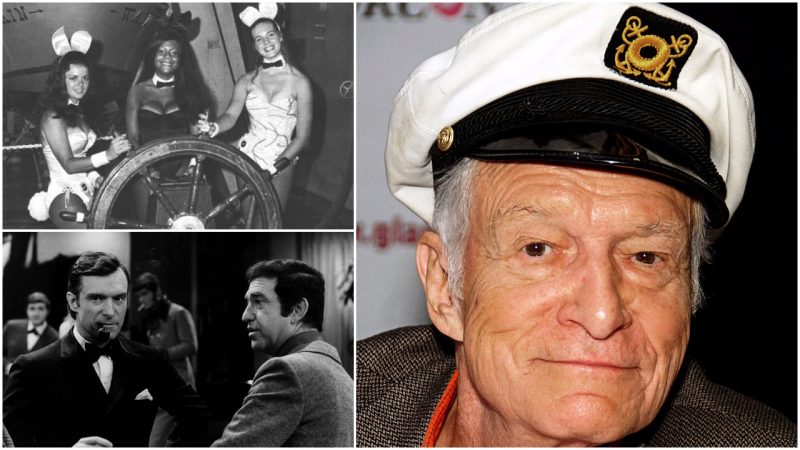“Life is too short to be living someone else’s dream,” Hugh Hefner once said.
The founder of the Playboy empire died on September 27, 2017, at the age of 91 at his home, the Playboy Mansion, near Beverly Hills, California. To anyone who knows how much that fabled mansion of decadence, devoted to sexual freedom, meant to him, his choosing to die there is no surprise.
Technically, the mansion was no longer Hefner’s. In yet another sign that the era of the bunny ears is over, Hefner sold the property to a neighbor, Daren Metropolous, for $200 million this year with the understanding that he would live there until his death. His net worth at the time of his death has been estimated at $54 million.
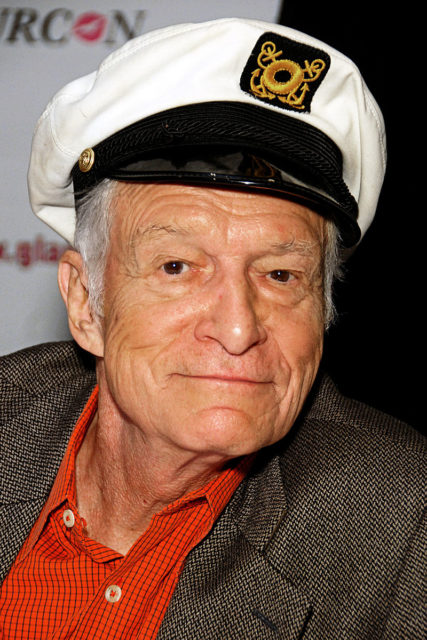
In its heyday, the magazine’s circulation was in the millions–the top-selling issue was that of November 1972 at 7 million–and featured interviews with everyone from John Lennon to Martin Luther King Jr. and articles written by Norman Mailer, Kurt Vonnegut, James Baldwin, and Ray Bradbury–as well as the nude centerfolds.
Playboy’s photos of women and treatment of women as “bunnies” was a lightning rod for many feminists, disturbed by what they derided as exploitation. Feminist critic Susan Brownmiller, while debating Hefner on a talk show, said that “the role you have selected for women is degrading to women because you choose to see women as sex objects, not as full human beings.” Recently, some writers have said Hefner’s creation of a “toxic masculinity” did a great deal of damage to women whether they posed in the nude for photos or not.
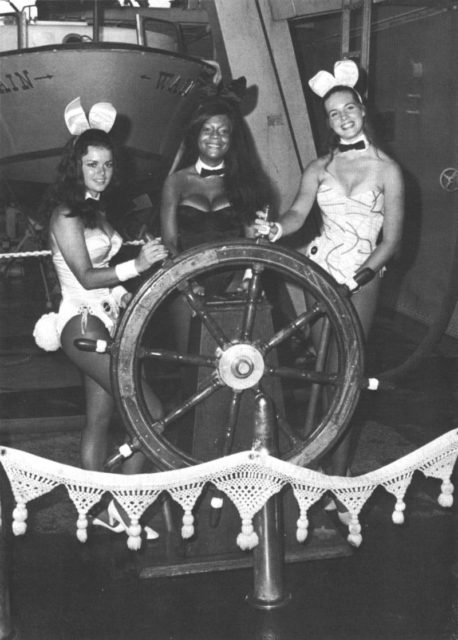
Before the first issue of Playboy was published in 1953, few would have predicted Hefner’s rise as a media mogul and cultural icon. Hefner was born in 1926 in Chicago, the eldest of two sons to a couple, Grace and Glenn Hefner, who were strict Methodists. He attended public schools, becoming president of the student council in high school and the editor of the paper. He also started a comic book titled School Daze, about a shy student who was the center of an imaginary universe.
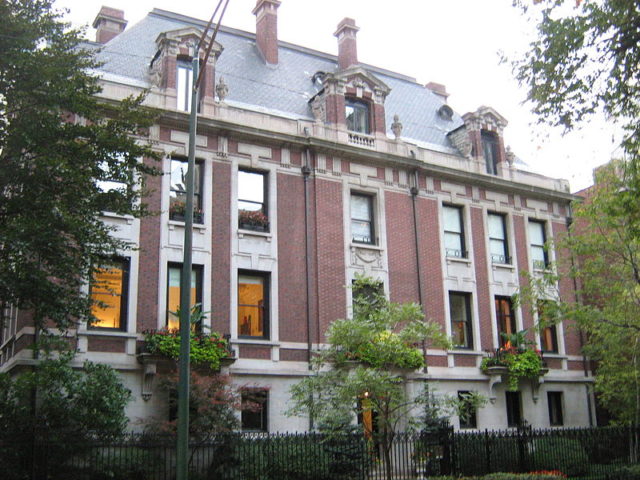
Toward the end of World War II, Hefner served two years in the army as a noncombatant. After his discharge in 1946, he was enrolled at the University of Illinois at Urbana-Champaign, as a psychology major.
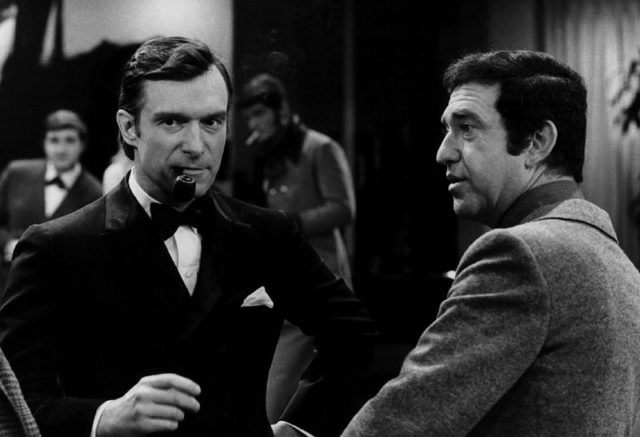
He edited the school’s humor magazine and started a column with photos called “Co-ed of the Month.” He married his first girlfriend, Mildred, the same year that he earned his bachelor’s degree. Hefner has said in interviews that she was the first woman he ever slept with.
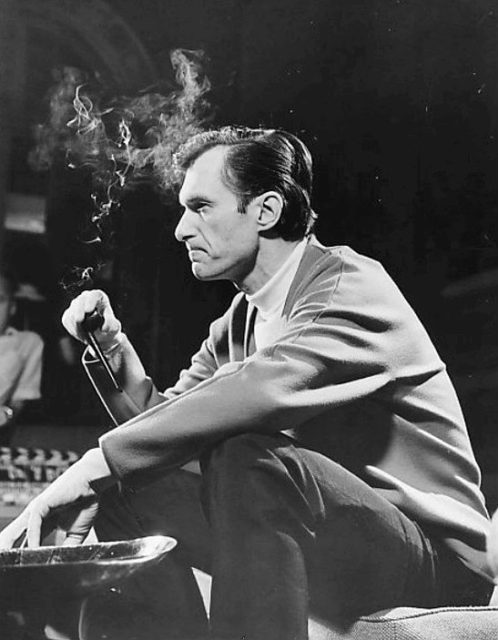
Cooper Hefner, his son by his second wife and the chief creative officer of Playboy Enterprises, released a statement saying, “My father lived an exceptional and impactful life as a media and cultural pioneer and a leading voice behind some of the most significant social and cultural movements of our time in advocating free speech, civil rights, and sexual freedom. He defined a lifestyle and ethos that lie at the heart of the Playboy brand, one of the most recognizable and enduring in history.”
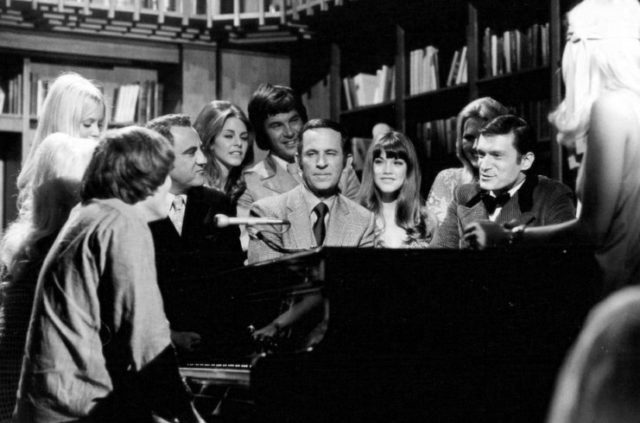
He did one semester of graduate work in sociology, choosing to study the Kinsey Institute and its two books on human sexual behavior, based on personal interviews with thousands of people. It is possible that Kinsey’s research was on his mind throughout the next few years, as he wrote advertising copy for a department store and worked his way up to Esquire magazine. He was the circulation promotion manager for a magazine called Children’s Activities. His wife gave birth to two children, including Christie (the future CEO of Playboy).
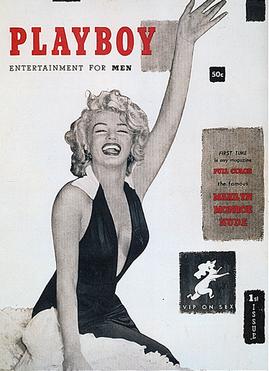
For the lifestyle magazine he wanted to create, Hefner put in $600 of his own money and borrowed funds from friends and family, including $1,000 from his mother, eventually reaching $8,000. He wanted to call the magazine Stag Party, but there were copyright issues with the men’s magazine Stag. During a brainstorming session with friends and his wife, a friend, Eldon Sellers, suggested Playboy.
The friends who helped him get the magazine started joined Hefner in his “office”: the kitchen of his house. He did not date the first issue because he doubted there would be a second one. However, among his prescient decisions was buying the rights to a photo calendar of a hot young starlet named Marilyn Monroe for $500. The first issue, published in 1953, featured Monroe on the cover and the centerfold.
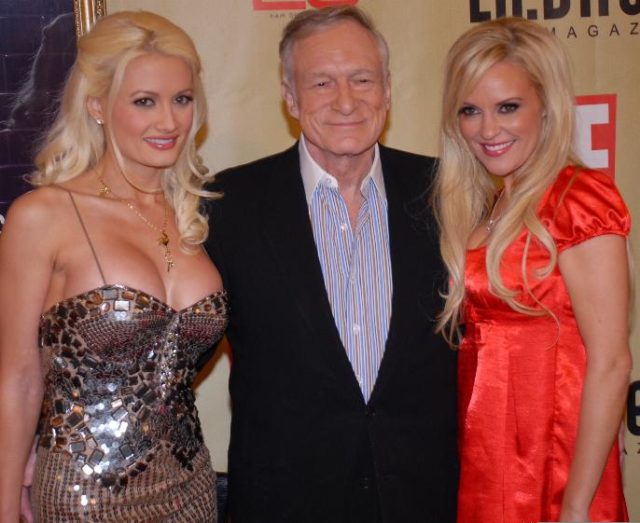
In an editorial in that first issue, Hefner wrote: “We enjoy mixing up cocktails and an hors d’oeuvre or two, putting a little mood music on the phonograph and inviting in a female acquaintance for a quiet discussion on Picasso, Nietzsche, jazz, sex.”
Related story from us: Playboys of the Mid-20th Century
That first issue, to everyone’s astonishment, sold more than 53,000 copies. Hugh Hefner, 27, was on his way.
